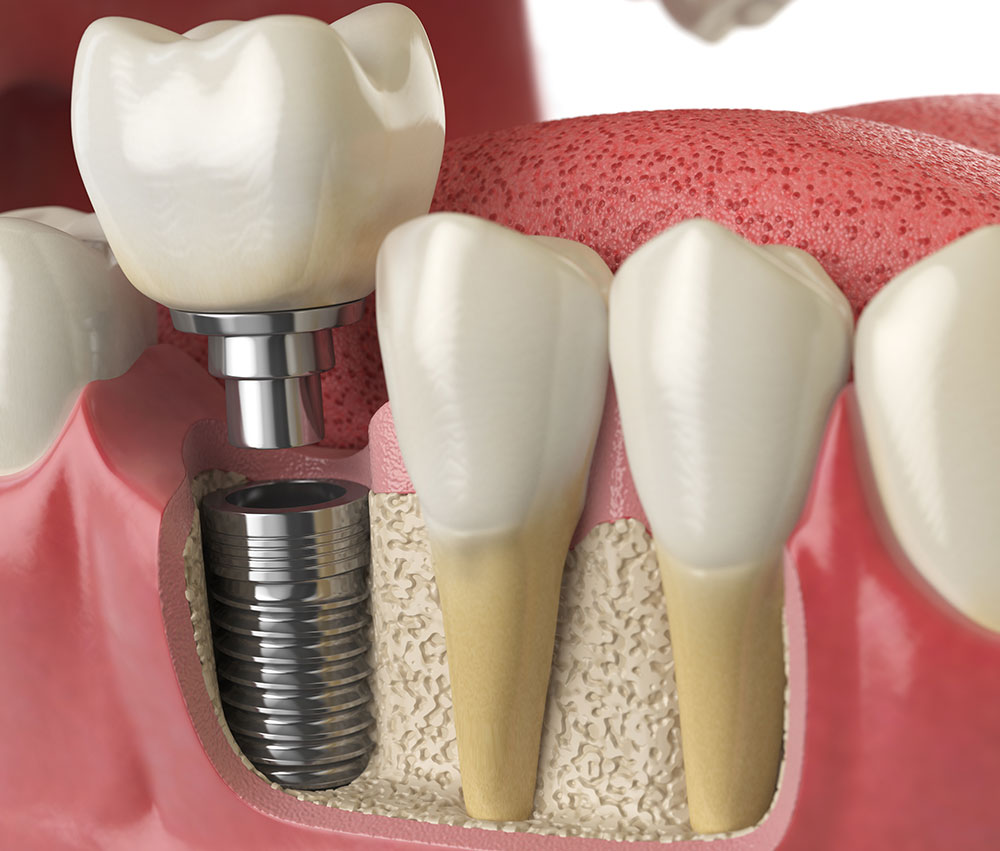Is it Worth Having a Bone Graft for Dental Implants?
Dental implants can be an amazing solution for tooth loss, and this treatment has helped many people worldwide. The technology used to plan, and place dental implant treatment is extremely sophisticated, helping to ensure reliable results, provided, of course, that you choose a good dental implant dentist in Clarington! However, people investigating implant treatment will often need an additional procedure called a bone graft, so is it worth?
The answer is almost certainly a resounding yes. When you know a bit more about bone grafting in Whitby, you’ll realize why it is worthwhile.
Jawbone Resorption
When your natural teeth are removed, it affects your jawbone. The bone that surrounds tooth roots is naturally resorbed, and a significant part of this loss occurs in the first year after teeth are extracted. Dental implants in Oshawa must be surrounded by a certain amount of strong and healthy bone for implant treatment to be successful. Bone grafting can successfully rebuild bone in areas where it is deficient, ensuring there is enough healthy bone for dental implant treatment.
Improving Aesthetics
Another reason for having bone grafting is to help improve the overall aesthetics of treatment. When you have the right amount of jawbone, it provides essential support for your gum tissues as well as your dental implants. Once the implants are restored fully, the overall effect can be more aesthetically pleasing.
How Do Dentists Tell If There Isn’t Enough Jawbone?
Initially, when you visit us here at Durham Dental Solutions, we will carry out diagnostic tests that include a cone beam CT scan. This is an advanced scan that provides us with 3-D images of your jawbone, allowing us to assess the mass and volume of available bone. These images will show exactly how much bone is needed for dental implant treatment in Newcastle.
The bone graft can come from your own body or another donor source. We frequently use one of the most advanced bone grafting procedures available, utilizing plasma rich growth factors using plasma made from your blood. This technique is advantageous because it helps to aid healing, and because it uses your plasma, there is no risk of rejection.
What Are the Different Types of Bone Graft?
There are three main types of bone grafting techniques that may be needed, and which include socket preservation, ridge augmentation, and a sinus lift.
Socket Preservation
Socket preservation in Clarington is a very common technique where additional bone is added directly into the empty socket immediately after your natural tooth is removed. Adding bone at this stage helps to preserve your jawbone, protecting its volume.
Ridge Augmentation
A ridge augmentation is a procedure to build up the bony ridge that used to support your teeth. As the jawbone is resorbed, this ridge can become narrower. Having a ridge augmentation will restore it to the proper dimensions, so there is enough bone to support your dental implants in Whitby.
Sinus Lift
You may need a sinus lift if you wish to replace your upper back teeth with implants. These teeth are near the sinus cavities, which are empty air-filled spaces. The bone in this area tends to be thinner and more fragile, and a sinus lift is a procedure to lift the membrane in between the sinus cavity and the jawbone, creating space for bone grafting material. We use advanced ultrasonic PIEZOSURGERY® for this process, and which is much gentler.
There is no need to worry if you do need a bone graft because our dentists are highly experienced, and we are up to date with all the latest techniques and technology.


